 Hamburg, March 2013 Dear Chess Friend, every day things happen on the chess boards all over the world and here at ChessBase that every chess enthusiast is interested in. And I would like to tell you what's going on, for example...
Candidates
You could
have been forgiven for expecting a dry start to this year’s Candidates
Tournament, with draws across the board and every player keeping his hands
(or indeed his pieces) close to his chest. It was, although not completely
without fighting spirit, a cautious start. The second round looked, for a
while at least, like it was going to be a repeat of the first – but Radjabov
and Aronian soon changed that, and Carlsen wasn’t far behind, going on to
score his first full point in round 3 along with Svidler. Indeed, the last nine rounds and 36 games have certainly not disappointed, and I think we can safely say that everything has exploded into a fight for domination – a fight which, for the time being, Magnus Carlsen is winning – his defensive tenacity and good fortune holding steady to give him the lead going into round 10.  With only five rounds remaining, everything is still to play for - but what have the world elite been playing? and more importantly – where have they been winning? The draw percentage after 9 rounds is 64%, so a total of 36% have been decided one way or another. The statistics reveal a clear trend: 22 / 36 with 1. d4 (61%), 8 / 36 with 1. e4 (22%), 4 / 36 with 1. Nf3 (11%) and 2 / 36 with 1. c4 (6%). White has won 5 games with 1.d4, 2 with 1.e4 and 1 with Nf3. 
Kasparov: How to play the Queen's
Gambit
It would appear then that 1. d4 has been the opening of
choice with White so far – and the one single opening with the largest number
of decisive games has been the Queen’s Gambit Declined, with three wins for
White and a win for Black - we’ve even seen the Cambridge Springs brought
back to the top in an outing by Carlsen -and it reminds me of the essence of
what Garry Kasparov said when introducing his DVD “How to play the Queen’s
Gambit” – this is one opening that has stood the test of time for Black,
wandering in and out of fashion for over 150 years. You can find more information
on this timeless classic in the ChessBase Shop here.
The games
over the past two weeks have shown this to be the case. At times like these,
where the World Championship is effectively being decided, it is important to
remember what went before. An opening based on solid principles, it also
follows that such a prominent part of chess history is worth understanding.A victory in the main line but the Queen’s Gambit hasn’t been the only opening to score with 1.d4 – Peter Svidler has twice played the Sämisch against the Kings Indian, and has scored one draw and one win – and it is his win particularly which interests. Starting off as a King’s Indian Sämisch and then transforming into something more like Benko Gambit. There were two particularly relevant elements which lead to Black’s demise in this game – while opting for a Benko-like structure and sacrificing the pawn, there is a difference between the position in the game and in the normal Benko – Black doesn’t have the development advantage he usually has in these types of positions, so active counterplay isn’t as easy to conjure up. 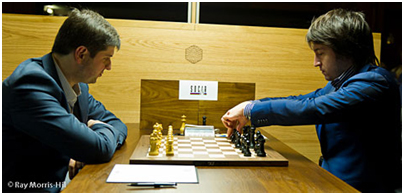 Although this game resulted in a loss for Black, that was more to do with the differences from the Benko, rather than similarities to it: 
Ramirez: Attacking with the Benko
Gambit
The general trend towards 1.d4 in this tournament is
the ever-popular attempt by White to clamp down on Black’s activity and allow
him as little scope for fighting as possible. Players looking for an active
and dynamic way of challenging this approach would not go wrong to take a
closer look at this opening, and Ramirez’s DVD would be a very good place to
start. Check it out.
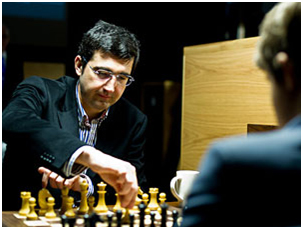 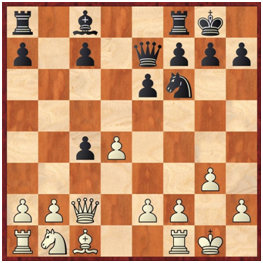 Despite the result on paper, one thing is for certain: if you haven’t really looked at this opening much before, it’s time to sit up and take notice. On his recent DVD, “Catalan – a complete repertoire for White”, Viktor Bologan presents a comprehensive approach for White in the Catalan, demonstrating all the important Black replies in a thematic manner. It’s not just about rote-learning theory here, this opening is based on sound principles, and while there are, as usual, certain lines you just simply have to know, there is still a great deal of undiscovered territory that you can attempt to navigate once you have grasped the basic principles of this setup - who knows – perhaps you will be able to emulate Vladimir Kramnik’s positional successes against Magnus Carlsen in your next game, too. If you’re looking for a new repertoire to try out over Easter, our series with Viktor Bologan series is worth a serious look. You can find out more about this and other excellent repertoire DVDs by Viktor in the ChessBase Shop here.
Playchess.com
schedule
With commentary still to come from GMs Yasser Seirawan, Chris Ward, Daniel King and Maurice Ashley, be sure not to miss the Playchess.com coverage of the rest of the event. Access to the commentary is free for Premium members – and I thoroughly recommend you tune in – here is the schedule for the last two blocks of action:
See you soon! Patrick Goldsworthy
If you no
longer want to receive the newsletter, click here.
You will be automatically removed from the mailing list.
ChessBase
Schachprogramme Schachdatenbank Verlagsgesellschaft mbH
Company registered: Osterbekstr. 90a, 22083 Hamburg Telephone: 040-63 90 60 0 - Fax: 040 630 12 82 CEOs: Matthias Wüllenweber and Rainer Woisin, HR Amtsgericht Hamburg HRB 40336 Value added tax identification number DE 118644875 Tax office Hamburg-Uhlenhorst tax number 49/711/00031 |
The blog is dedicated to the chess life mainly in Grantham, Lincolnshire and Nottinghamshire.
"Always make a total effort, even when the odds are against you." - Arnold Palmer
Thursday, 28 March 2013
Newsletters from ChessBase
Subscribe to:
Post Comments (Atom)

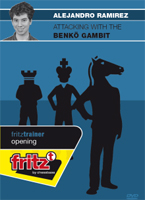
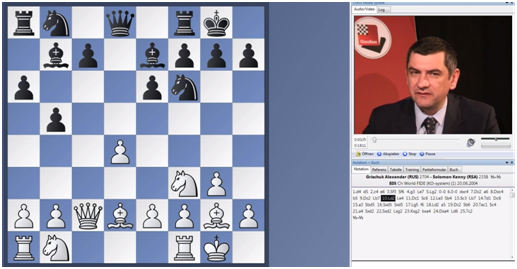

No comments:
Post a Comment